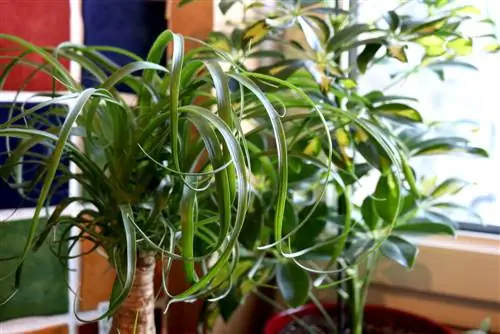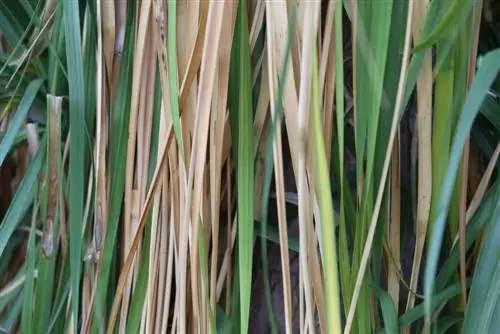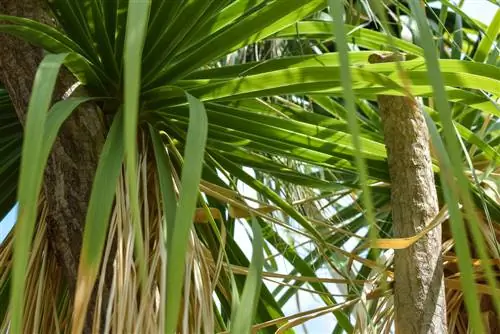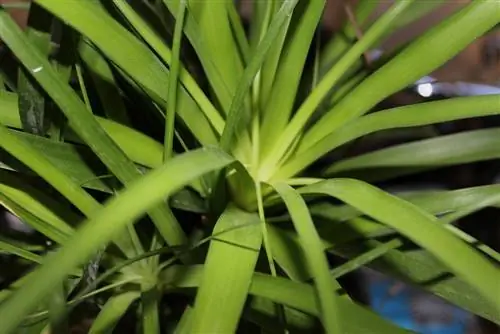- Author admin [email protected].
- Public 2023-12-16 16:46.
- Last modified 2025-01-23 11:22.
As a tropical plant, the easy-care elephant's foot is not hardy. Even at long-term temperatures below around 10 °C, the plant can suffer considerable damage. Heat of up to 30 °C, on the other hand, has little effect on the elephant's foot.
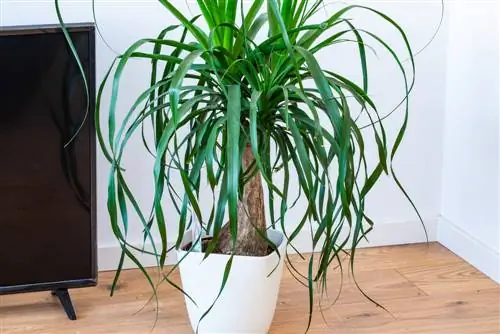
How should you overwinter the elephant's foot in winter?
Elephant foot plants should overwinter in a cool, bright room at around 10 °C. During this rest period, the plant requires little water and no fertilizer. Overwintering in the living room is possible, but less optimal.
Ideally, you should treat your elephant foot to a cool (approx. 10 °C) and bright winter quarters. This hibernation helps him recover and gather strength for the next growing season. During this time, an elephant's foot needs very little water and no fertilizer at all. If you don't have suitable winter quarters, the plant can stay in the living room all year round.
The most important things in brief:
- not hardy
- very sensitive to cold
- Wintering in the living room possible, but not ideal
- optimal wintering: slightly cool, but bright
- idelae winter temperature: about 10 °C
- water very little in winter and do not fertilize at all
Tip
Although an elephant's foot can survive the winter in the living room, a cool winter rest is much better for it.


